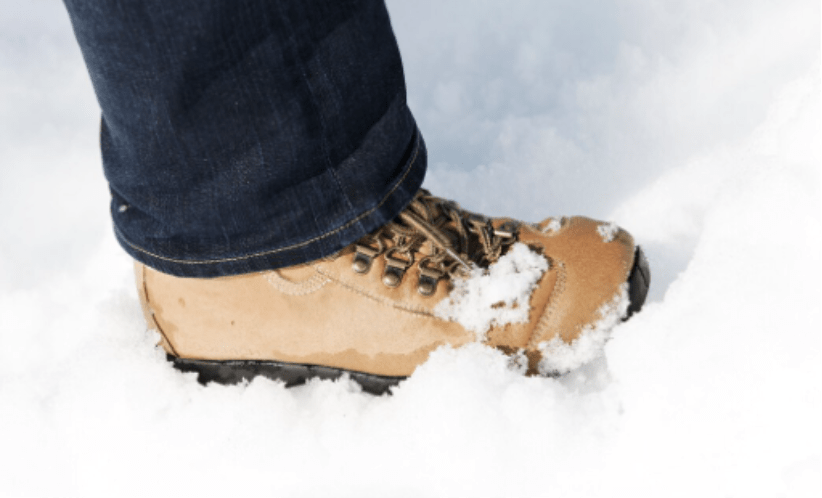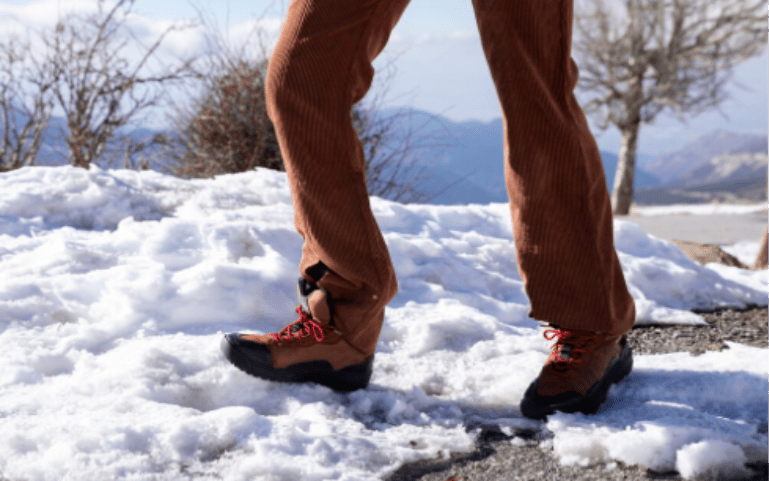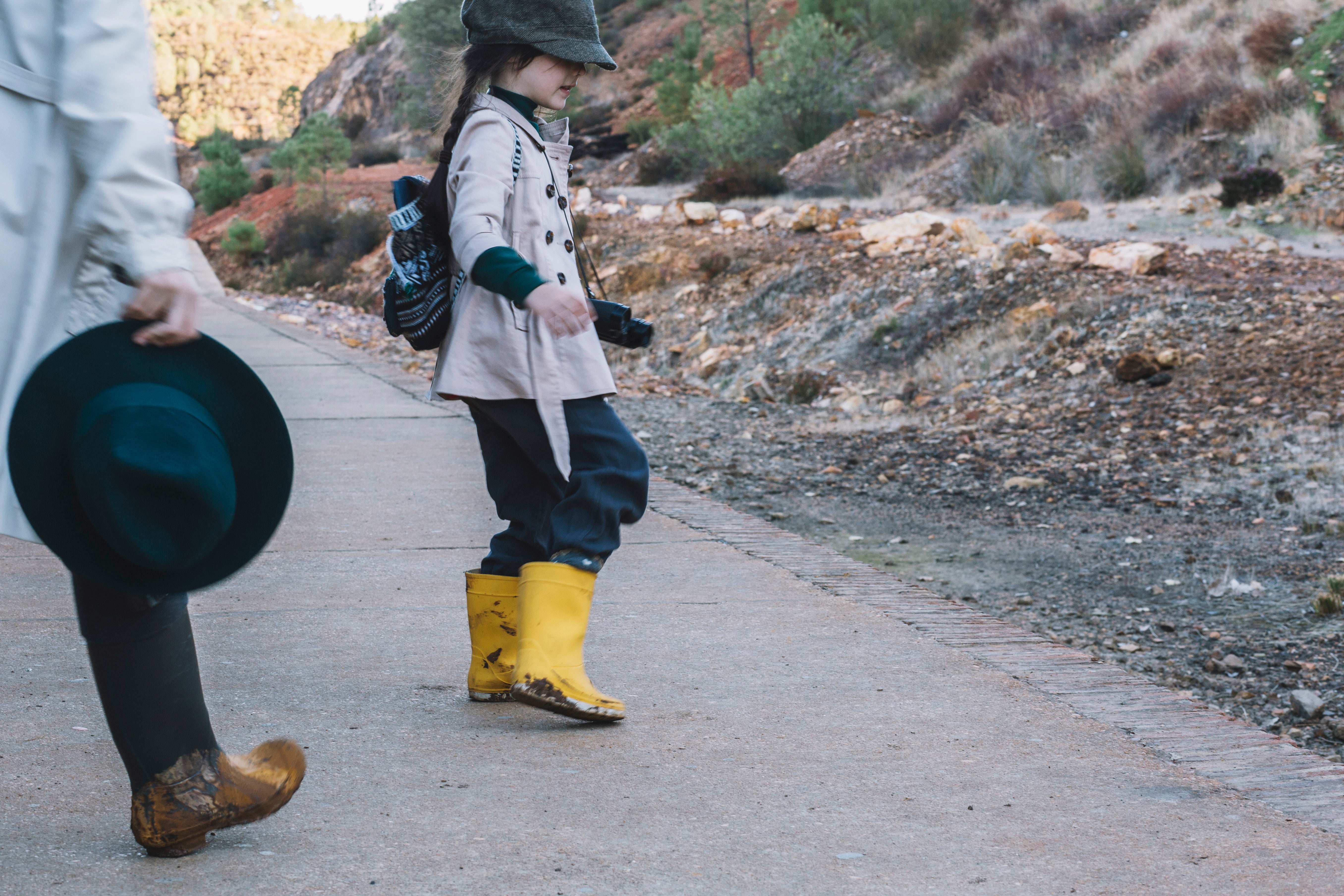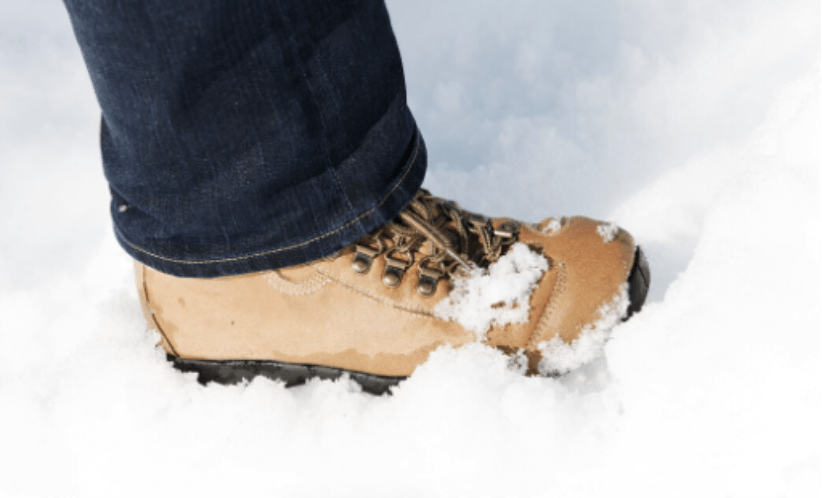Hiking in winter brings breathtaking views, quiet trails, and the unique beauty of snow-covered landscapes. But it also comes with challenges that require proper preparation to stay safe and comfortable. Whether you’re an experienced trekker or just starting out, gearing up correctly is crucial for tackling icy trails and freezing temperatures.
If you’re looking for dependable gear designed for winter adventures, Northside USA offers a range of footwear and apparel made to handle cold-weather conditions. Let’s explore the seven essentials every hiker should have for cold-weather and icy terrain.
Why Cold Weather Hiking Requires Special Preparation
How Low Temperatures Affect Your Body & Gear
Cold weather slows muscle response, affects balance, and reduces grip strength. Your gear—especially footwear and hydration systems—can also lose performance if not designed for freezing temperatures.
Understanding Frostbite & Hypothermia Risks
Exposed skin can freeze within minutes in extreme wind chills. Hypothermia can set in even in temperatures above freezing if you’re wet and underdressed.
Planning for Sudden Weather Changes
In winter, sunny skies can quickly give way to blizzards. Always check forecasts and prepare for worse conditions than expected.
Essential #1 – Layered Clothing for Warmth & Comfort
The 3-Layer System: Base, Mid, and Outer Layers
- Base layer: Moisture-wicking to keep sweat off your skin.
- Mid layer: Insulating, such as fleece or down, for warmth.
- Outer layer: Waterproof and windproof shell to block out snow and wind.
Benefits of Moisture-Wicking Fabrics
These fabrics keep your skin dry, which is essential for regulating body temperature in the cold.
Avoiding Cotton & Choosing Quick-Dry Materials
Cotton traps moisture, which can lead to chilling. Opt for synthetic or wool fibers that dry quickly.
Essential #2 – Waterproof & Insulated Footwear
Choosing Boots with Thermal Lining & Waterproof Membranes
Insulated boots with a waterproof membrane keep your feet warm and dry, even in deep snow or slush.
The Role of Traction Soles on Ice
Aggressive tread patterns or integrated ice grips help prevent slips on frozen surfaces.
Northside Models Designed for Winter Hiking
Northside offers winter-ready footwear, including insulated boots with traction soles—ideal for keeping your feet secure on icy trails. If you prefer a crossover option for multiple seasons, check out their hiking boots for women that balance comfort, support, and weather resistance.
Essential #3 – Traction Cleats & Gaiters
How Traction Cleats Improve Safety on Icy Trails
Microspikes or cleats provide extra grip, reducing your risk of slipping on frozen ground.
Gaiters for Keeping Snow & Moisture Out
These sleeve-like coverings prevent snow from entering your boots and soaking your socks.
Best Practices for Attaching and Using Them
Ensure they fit snugly without restricting movement, and practice attaching them before you hit the trail.
Essential #4 – Gloves, Hats, and Neck Protection
Keeping Extremities Warm to Prevent Frostbite
Hands, ears, and face are most vulnerable to frostbite. Warm, insulated gloves and hats are essential.
Windproof vs. Thermal Accessories
Windproof layers shield against biting gusts, while thermal accessories focus on trapping body heat.
Layering Accessories for Harsh Conditions
Consider combining a thin liner glove with a thicker outer glove or a fleece neck gaiter under a windproof balaclava.
Essential #5 – Hydration & Energy on the Trail
Why Dehydration Happens in Cold Weather
Cold air is dry, and you may not feel as thirsty—yet you’re still losing moisture through breath and sweat.
Insulated Bottles & Warm Beverages
An insulated flask keeps drinks from freezing and can provide a morale-boosting warm beverage mid-hike.
High-Energy Snacks for Sustained Warmth
Trail mix, energy bars, and jerky provide quick fuel for your body to keep generating heat.
Essential #6 – Navigation & Safety Gear
Map, Compass, and GPS Devices
Batteries drain faster in the cold, so carry a paper map and compass as a backup.
Headlamps for Short Winter Days
With daylight fading earlier, a headlamp is critical for safe navigation in low light.
Emergency Whistles & First Aid Kits
Compact, lightweight safety tools that can make all the difference in an emergency.
Essential #7 – Safety Tips for Hiking in Frost & Ice
Reading Trail Conditions Before You Go
Check local trail reports for ice warnings and closures.
Knowing When to Turn Back
No summit or viewpoint is worth risking your safety—trust your instincts.
Hiking with a Partner vs. Solo in Winter
Cold-weather hiking is safer with a partner, especially when conditions are unpredictable. For family hikes, consider equipping kids with pkids hiking boots that offer stability and insulation for small feet.
FAQs – Cold Weather Hiking
- How cold is too cold for hiking?
It depends on your gear and experience. For most, -20°F wind chill is a serious danger zone without advanced preparation.
- What type of socks work best in freezing conditions?
Merino wool or synthetic blend socks that wick moisture and insulate well.
- Do I need snowshoes for icy trails?
Not necessarily—traction cleats are better for solid ice, while snowshoes help in deep, soft snow.
- Can I use regular hiking boots in winter?
Yes, if paired with waterproof gaiters and insulated socks, but winter-specific boots perform much better.
- What’s the best way to layer for -10°F or colder?
A thermal base layer, insulating mid layer (like down), and a windproof outer shell, along with insulated boots and gloves.
Conclusion
Cold-weather hiking can be an exhilarating experience when you’re properly prepared. By layering clothing, wearing waterproof insulated boots, and packing essential safety gear, you’ll be ready to handle icy conditions with confidence.
Remember, the right footwear is one of the most important parts of your winter hiking kit. For expert guidance and a wide range of winter-ready boots, visit Northside USA or get in touch via their contact page. Your toes will thank you on the trail.







Leave a comment
All comments are moderated before being published.
This site is protected by hCaptcha and the hCaptcha Privacy Policy and Terms of Service apply.